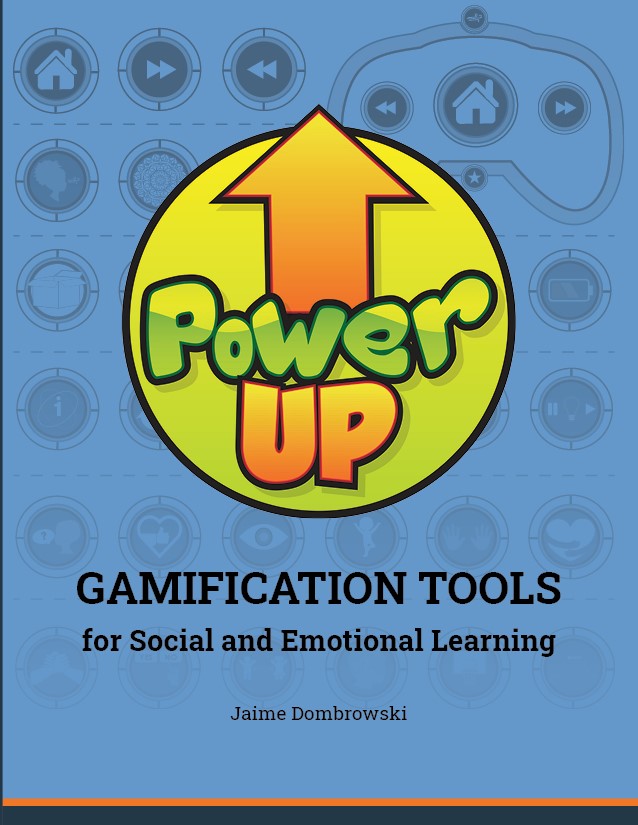By Jaime Dombrowski, PhD
A fairly new concept that has been receiving a lot of traction in recent years is game-based learning—when content is learned in an interactive manner that engages students. Perrotta et al. (2013) postulated that game-based learning increases motivation, performance, and engagement.
Game-based learning allows students to interact with one another and put into practice the skills that they are learning! They are communicating with their peers; regulating their emotions when they become frustrated; and demonstrating teamwork, compromise, and conflict resolution.
Take, for example, a lesson on “feelings identification.” Research shows that being able to name our feelings can actually decrease the intensity of the emotion we are experiencing (Lieberman et al., 2011). This highlights the importance of our students having a large “feelings vocabulary.” You can talk to students about the various feelings they might experience, you can write the different “feelings words” on the board, and you can even talk about times they experienced each feeling. While this does make for a good lesson, we can take it a step further and make a game out of it. For example, you can play “feelings charades” by writing down “feelings words” on pieces of paper and having students pick a feeling word out of the hat and act it out. For elementary-aged students, you can even hide the words around the room and make a scavenger hunt out of it. This makes the learning fun, engaging, and even adds some movement into the mix to break up the day!
Another great example is teamwork. We can talk to students about what traits we like in a leader, and we can talk about how we can cultivate those traits in ourselves. Without a way to put it into practice, it will be hard to translate the lesson into the real world. In order to give them a fun, real-world experience, you can put them into small groups and engage them in a fun task. For example, you can give each team 10 pieces of paper and give them 15 minutes to build the highest tower they can. The team with the highest tower wins. Students will have to practice a variety of skills here—compromise, problem solving, critical thinking, active listening, self-regulation, communication, and many more.
The teacher can also use this time as an opportunity to gauge where the students’ skills are. Students may often report that they are using skills they learned in order to please a teacher or to discourage a lecture about the importance of using the discussed skills. When engaged in game-based learning, the teacher can observe the students’ progress and whether they are actually utilizing the learned skills when needed.
Almost any concept can be turned into a game. You can use spinners, team exercises, scavenger hunts, card games, or board games. I believe in game-based learning so much that I created an entire curriculum out of it, where students earn badges to “power up” as they practice various skills. If you are interested in ready-made lessons utilizing gamification tools, check out my Research Press book Power Up: Gamification Tools for Social and Emotional Learning.
Perrotta, C., Featherstone, G., Aston, H. and Houghton, E. (2013). Game-based Learning: Latest Evidence and Future Directions (NFER Research Programme: Innovation in Education). Slough: NFER.
Lieberman, M. D., Inagaki, T. K., Tabibnia, G., and Crockett, M. J. (2011). Subjective responses to emotional stimuli during labeling, reappraisal, and distraction. Emotion 11, 468–480. https://doi.org/ 10.1037/a0023503

